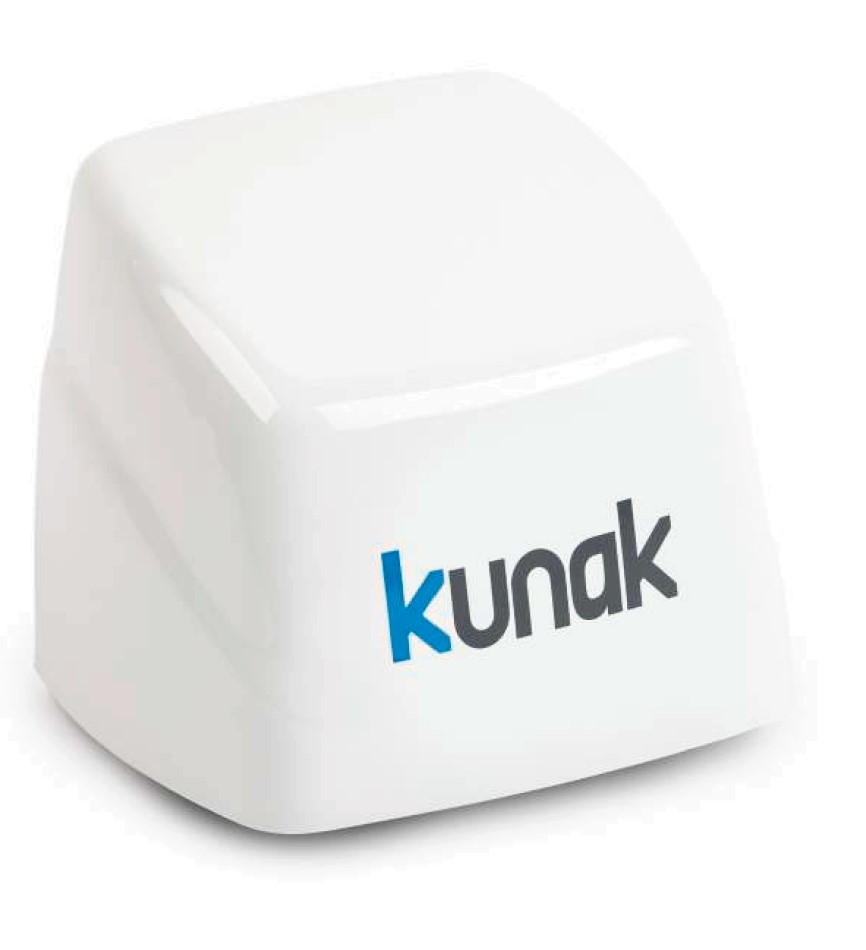Guidance on choosing low-cost sensors to monitor indoor and outdoor air pollution
Understanding air pollution levels can help you address potential health risks by taking action to reduce your exposure. This website aims to help Australians choose low-cost sensors to monitor indoor or outdoor air by providing:
- detailed guidance for households, community groups, schools, local governments and researchers on what to consider when looking for a monitor
- a selection tool (below) to help you choose a suitable product.
This guidance does not cover indoor carbon dioxide (CO2) monitors, often used to check whether indoor ventilation is adequate. Learn more about CO2 monitors and ways to improve indoor air quality at Clean Air Stars.
How to use this tool
Make your selections below, then browse the list to find the right monitor for your project. (Read more about these categories and numbers.)
- Decide whether you need an indoor or outdoor (stationary) device. A small subset of products can be used both indoors and outdoors. There’s also a growing number of hand-held portable devices.
- Decide on your budget. This tool only covers devices less than AUD$10,000.*
- Decide which pollutants you’d like to measure. PM2.5 is a key polluting particle. Nitrogen dioxide (NO2) is a commonly-measured polluting gas.
*Prices given are a rough guide only. Contact sellers for accurate, up-to-date pricing.
Kunak AIR Lite
$4860
This device has replaceable gas sensor cartridges and measures up to 2 gases in addition to particulate matter (PM). Indicative price is for base unit with PM sensor. Buyers can choose between sensors geared to measure low or high levels of pollutants.
